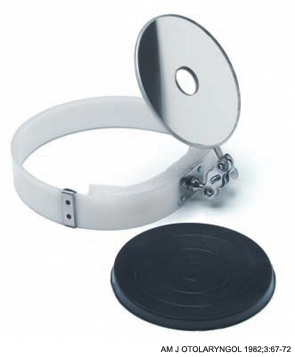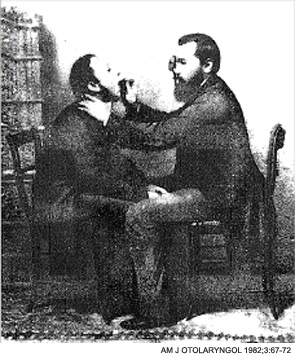Of course, there are always situations in which a headlight is necessary: in the operating room, at the bedside or in the emergency department when a patient is lying down and there’s no light behind the patient allowing use of a mirror.
Explore This Issue
September 2010Many doctors, however, say their colleagues should be familiar with and competent in using both head mirrors and lights. “The practice environment will often dictate which of the two is best suited,” Dr. Blair said.


Leave a Reply